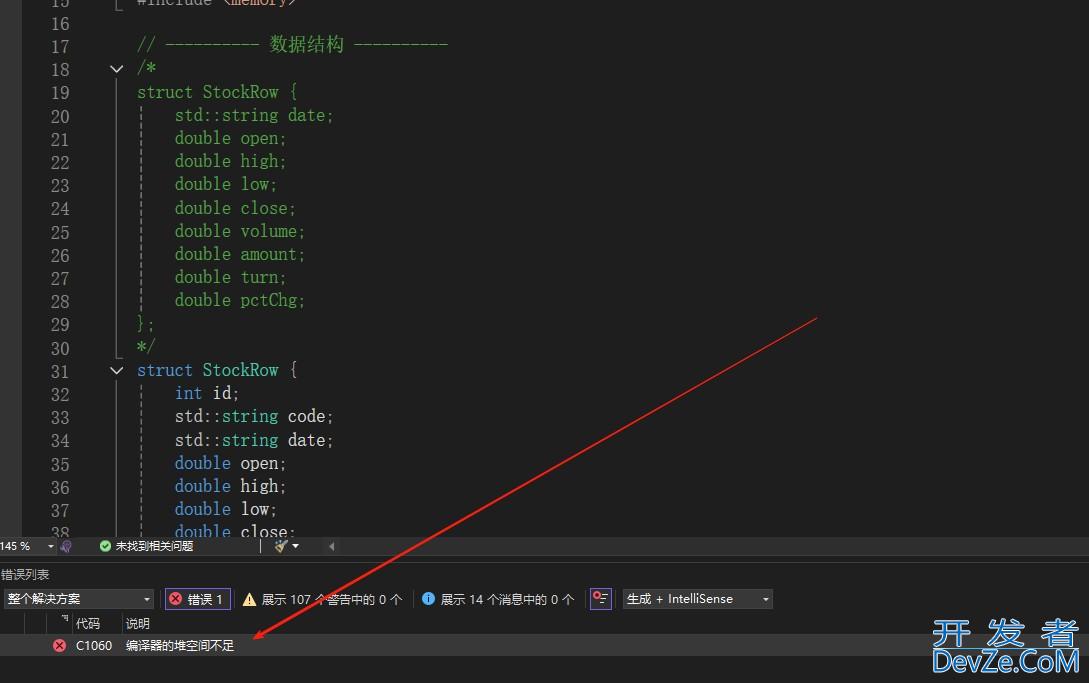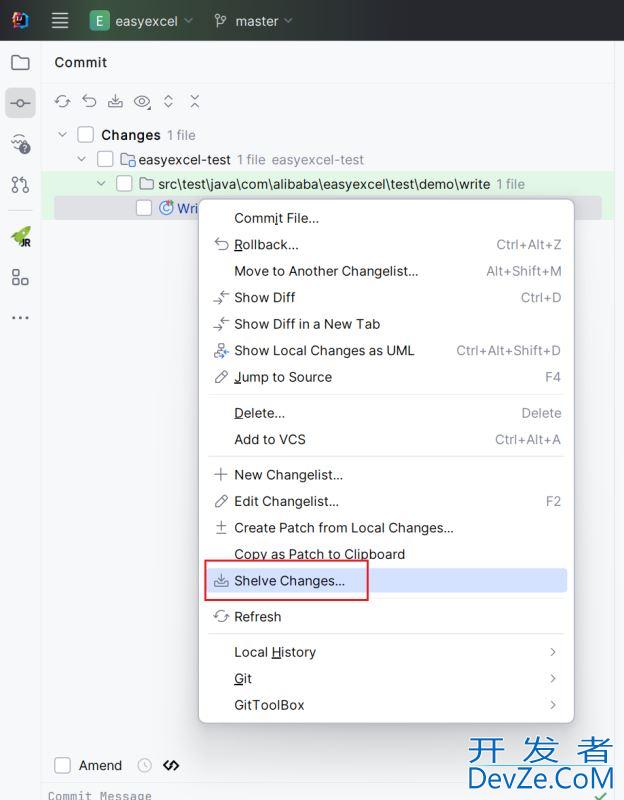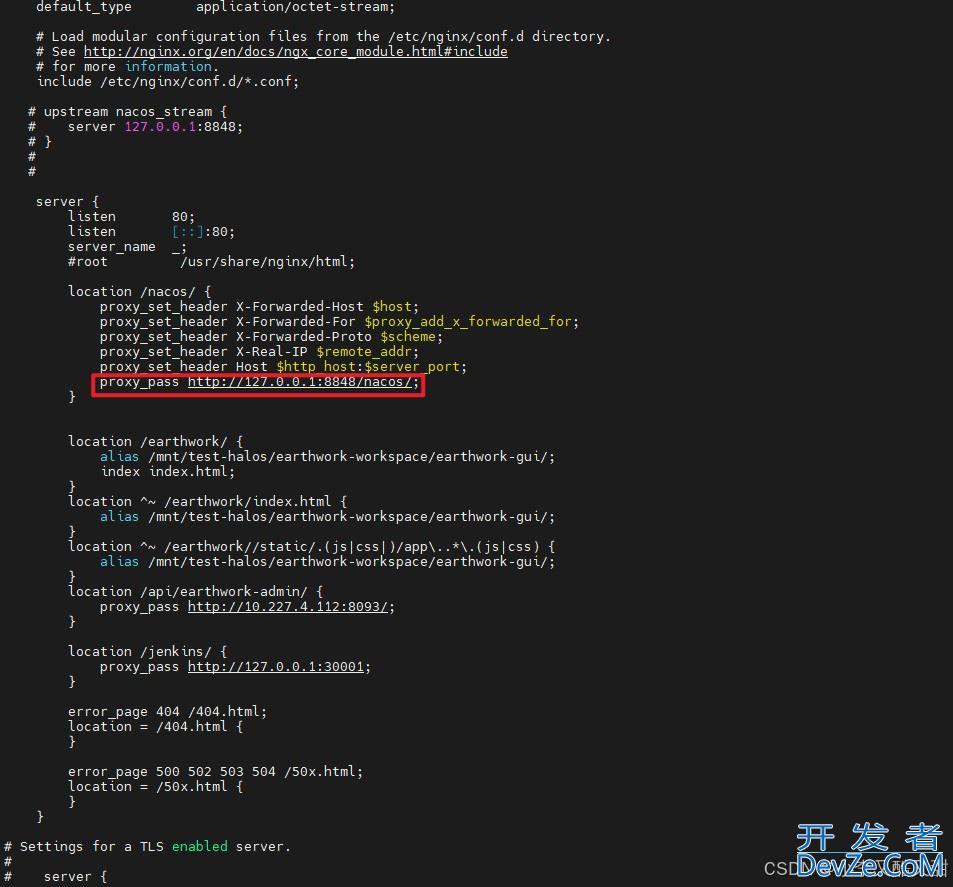目录
- 1.使用 @PostConstruct 注解
- 优点:
- 缺点:
- 2.使用 CommandLineRunner 接口
- 优点:
- 缺点:
- 3.使用 ApplicationRunner 接口
- 优点:
- 缺点:
- 4.使用 ApplicationListener 监听 ApplicationReadyEvent
- 优点:
- 缺点:
- 5.@EventListener监听ApplicationReadyEvent
- 优点:
- 缺点:
- 总结
在SpringBoot的项目中,经常会遇到需要在项目启动后执行一些操作的情形,如加载配置,初始化数据,缓存预热等,本文整理了几种常见的在项目启动时执行特定代码的方法。
1.使用 @PostConstruct 注解
@Slf4j
@Component
public class MyInit {
@PostConstruct
public void init() {
log.info("PostConstruct initialized~~~");
}
}
优点:
- 简单直接:只需在方法上添加 @PostConstruct 注解,方法会在Bean初始化后立即执行。js
- 灵活性高:可以在任何Bean中使用,适合对特定Bean进行初始化逻辑。
缺点:
- 无法控制执行顺序:多个 @PostConstruct 方法的执行顺序不可控。
- 不适合复杂启动逻辑:在Bean初始化完成后执行,但此时可能其他Bean尚未完全初始化完成,不适合依赖其他Bean的复杂场景。
2.使用 CommandLineRunner 接口
CommandLineRunner 接口提供了一个 run 方法,该方法会在Spring Boot应用启动后执行。
@Component
@Slf4j
public class MyCommandLineRunner implements CommandLineRunner {
@Override
public void run(String... args) throws Exception {
log.info("MyStartupRunner CommandLineRunner initialized~~~");
}
}
优点:
- 简单易用:实现 CommandLineRunner 接口并重写 run 方法即可。
- 适合处理命令行参数:可以直接访问命令行参数(String… args)。
- 顺序可控:可以通过 @Order 注解或实现 Ordered 接口来控制多个 CommandLijavascriptneRunner 的执行顺序。
缺点:
- 执行时机较早:在Spring应用上下文刷新完成后执行,但此时可能某些Bean尚未完全初始化完成,不适合依赖某些复杂Bean的场景。
3.使用 ApplicationRunner 接口
ApplicationRunner 接口与 CommandLineRunner 类似,但它提供了更丰富的 ApplicationArguments 参数来处理命令行参数。
@Slf4j
@Component
public class MyApplicationRunner implemhttp://www.devze.coments ApplicationRunner {
@Override
public void run(ApplicationArguments args) throws Exception {
log.info("MyApplicationRunner initialized~~~");
}
}
优点:
- 更强大的参数处理:提供了 ApplicationArguments 对象,可以更方便地解析命令行参数(如 --key=value 格式)。
- 顺序可控:同样可以通过 @Order 注解或实现 Ordered 接口来控制执行顺序。
缺点:
- 执行时机较早:与CommandLineRunner类似,可能某些Bean尚未完全初始化完成,不适合依赖某些复杂Bean的场景。
4.使用 ApplicationListener 监听 ApplicationReadyEvent
@Component
@Slf4j
public class MyApplicationListener implements ApplicationListener<ApplicationReadyEvent> {
@Override
public void onApplicationEvent(ApplicationReadyEvent event) {
log.info("MyApplicationListener initialized~~~");
}
}
优点:
- 确保应用完全启动:
ApplicationReadyEvent是在应用完全启动后触发的,适合执行依赖其他Bean或外部资源的逻辑。 - 灵活性强:可以监听其他Spring事件(如
ContextRefreshedEvent),适合更复杂的场景。
缺点:
- 无法直接访问命令行参数:如果需要处理命令行参数,需要额外处理。
5.@EventListener监听ApplicationReadyEvent
可以使用 @EventListener 注解来监听 ApplicationReadyEvent 事件
@Component
@Slf4j
public class MyEventListener {
@EventListener(ApplicationReadyEvent.class)
public void onApplicationReady() {
log.info("MyEventListener initialized~~~");
}
}
优点:
- 简洁:使用注解方式监听事件,代码更简洁。
- 确保应用完全启动:与 ApplicationListener 相同,适合在应用完全启动后执行逻辑。
- 灵活性强:可以监听多个事件。
缺点:android
- 无法直接访问命令行参数:同样需要额外处理命令行参数。
- 执行顺序不可控:多个监听器的执行顺序不可控。
以上几种方式执行后日志打印如下:
[main] com.example.springdemo.init.MyInit : PostConstruct initialized~~~ [main] c.e.springdemo.SpringDemoApplication : Started SpringDemoApplication in 0.358 seconds (JVM running for 0.809) [main] c.e.springdemo.init.MyApplicationRunner : MyApplicationRunner initialized~~~ [main] c.e.springdemo.init.MyCommandLineRunner : CommandLineRunner initialized~~~ [main] c.e.s.init.MyApplicationListener : MyApplicationListener initialized~~~ [main] c.e.springdemo.init.MyEventListener : MyEventListener initialized~~~
总结
- 如果需要处理命令行参数,优先选择
CommandLineRunner或ApplicationRunner。 - 如果只是简单的Bean初始化逻辑,使用
@PostConstruct。 - 如果需要在应用完全启动后执行逻辑,选择
ApplicationListener或@EventListener。 - 如果需要更灵活的事件监听机制,选择
ApplicationListener或@EventListener。
以上就是在编程SpringBoot启动时执行特定代码的常见方法小结的详细内容,更多关于SpringBoot启动执行特定代码的资料请关注编程客栈(www.devze.com)其它相关文章!






 加载中,请稍侯......
加载中,请稍侯......
精彩评论